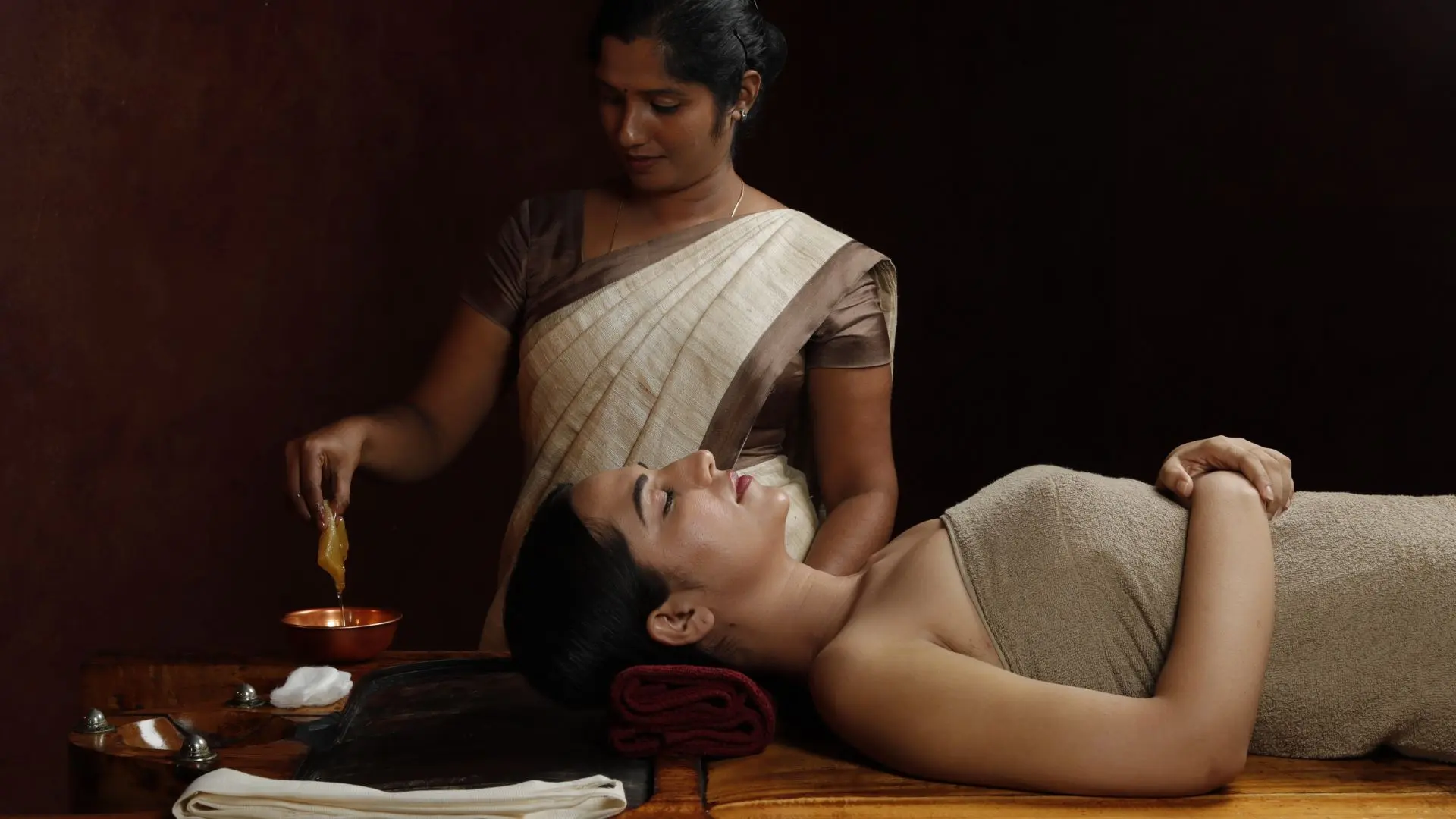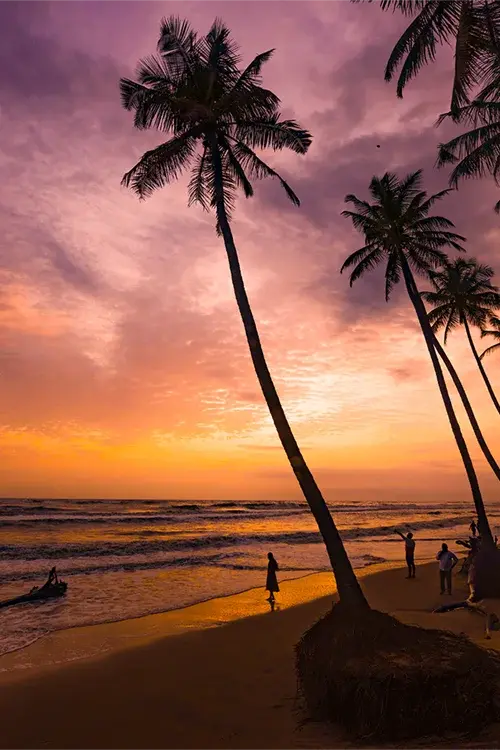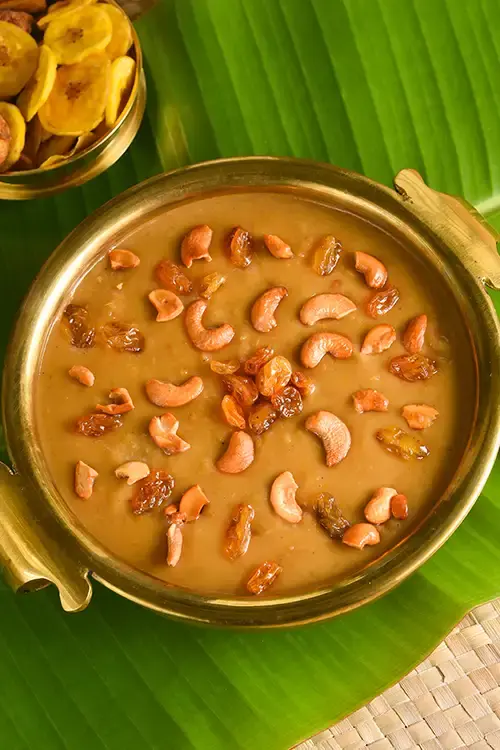FAQ
Is Kerala popular in Rubber Cultivation?
Kerala contributes over 90% of the total rubber production in the country. The state offers ideal climatic conditions for rubber trees to thrive. The warm and humid atmosphere and abundant rainfall are some of the key factors which help in rubber cultivation.
The history of rubber in Kerala can be traced to the late 19th century, when the British Raj introduced the Hevea brasiliensis tree from its south American origins. The British encouraged its planting through incentives and subsidies, and rubber soon became an integral part of Kerala's agricultural landscape.
Rubber cultivation is primarily done in smallholdings, typically owned by individual families. In Kerala, it is however rife with several challenges. Fluctuations in global rubber prices, unpredictable weather patterns, pests and diseases can significantly impact the livelihoods of rubber farmers. To address these challenges, the Rubber Board of India, a government agency, plays a crucial role in providing research support, promoting best practices, and offering financial assistance to rubber growers.
Kerala produces over 5 lakh tonnes of natural rubber annually. Tapping, the process of extracting latex from rubber trees, is a skilled task traditionally performed by experienced tappers. The Rubber Research Institute of India, located in Kottayam, Kerala, is a premier institute dedicated to research and development in rubber cultivation and processing.






